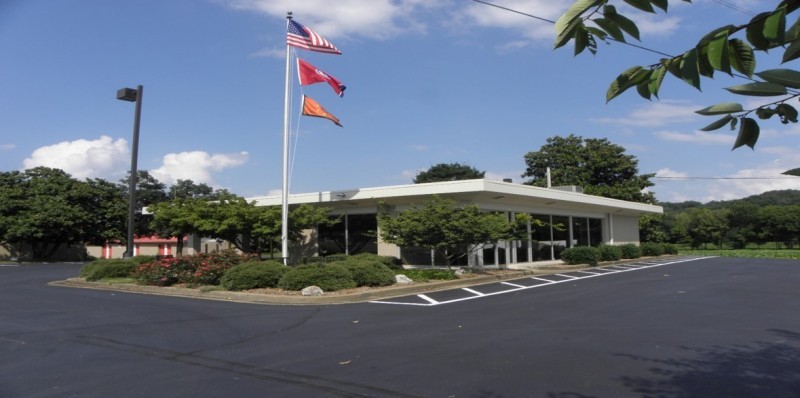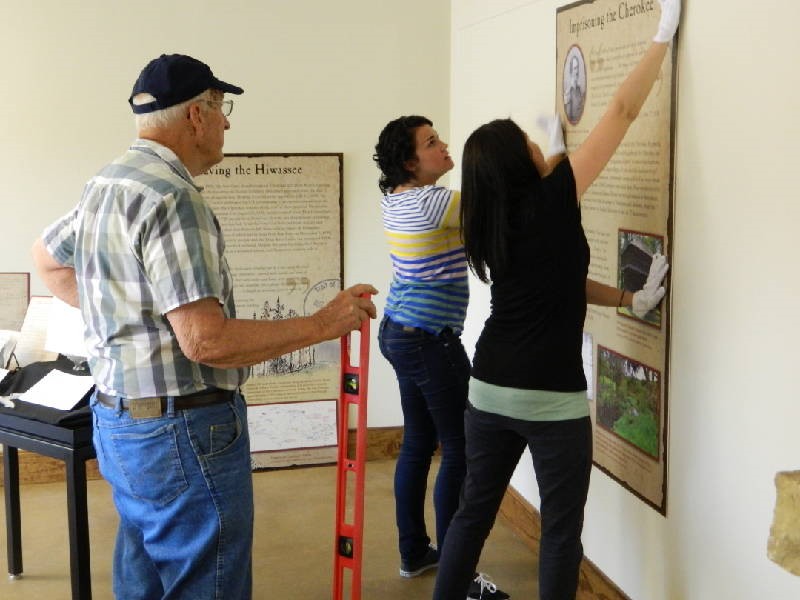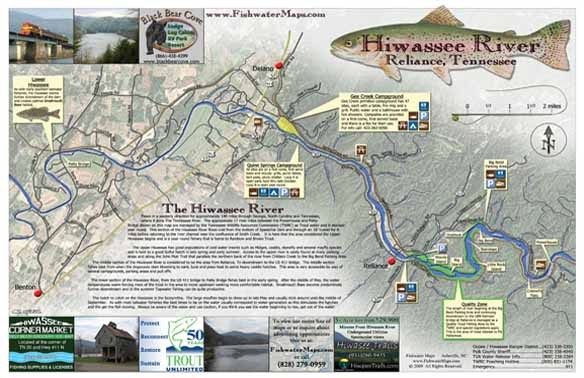Hiwassee River Heritage Center
Introduction
Text-to-speech Audio
Images
The Hiwassee River Heritage Center courtesy of http://www.tennesseerivervalleygeotourism.org

The Hiwassee River Heritage Center opening preparations. Courtesy of timesfreepress.

The Taking of American Indian Lands in the Southeast: A History of Territorial Cessions and Forced Relocations, 1607-1840 by David W. Miller

Hiwassee River wallpaper courtesy of pic5thispic

Hiwassee River Gorge courtesy of mswphoto

Hiwassee River courtesy of artsyhome

Hiwassee bridge over river. courtesy of americantraveljournal.blogspot

Backstory and Context
Text-to-speech Audio
The Hiwassee River Heritage Center is located on highway 11 that runs through Charleston, Tennessee.2 Charleston, Tennessee, is historically valuable because of it's rich Cherokee Indian history as well as the historical marker of the Trail of Tears and the emigration camps that housed the Native Indians for removal, such as Fort Cass.3
The Trail of Tears is the pathway in which the Native American Indians traveled when forced to relocate from their homes east of the Mississippi after the Indian Removal Act of 1830. The forced journey to Oklahoma using over 2,200 miles of trail, was long and brought death to many people. Unable to have basic-necessities such as adequate clothing, shelter, and food, the Native American Indians suffered great death. Some people were even without shoes and the harsh winter weather took its toll killing thousands of people, especially the elderly, sick, and the young.
The Hiwassee River was part of the Cherokee homelands and was part of a pathway to a Cherokee town "Great Tellico."4
